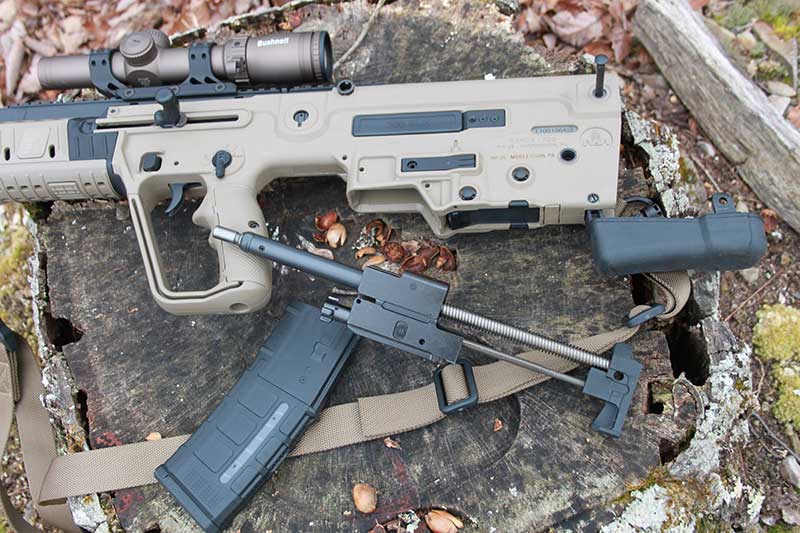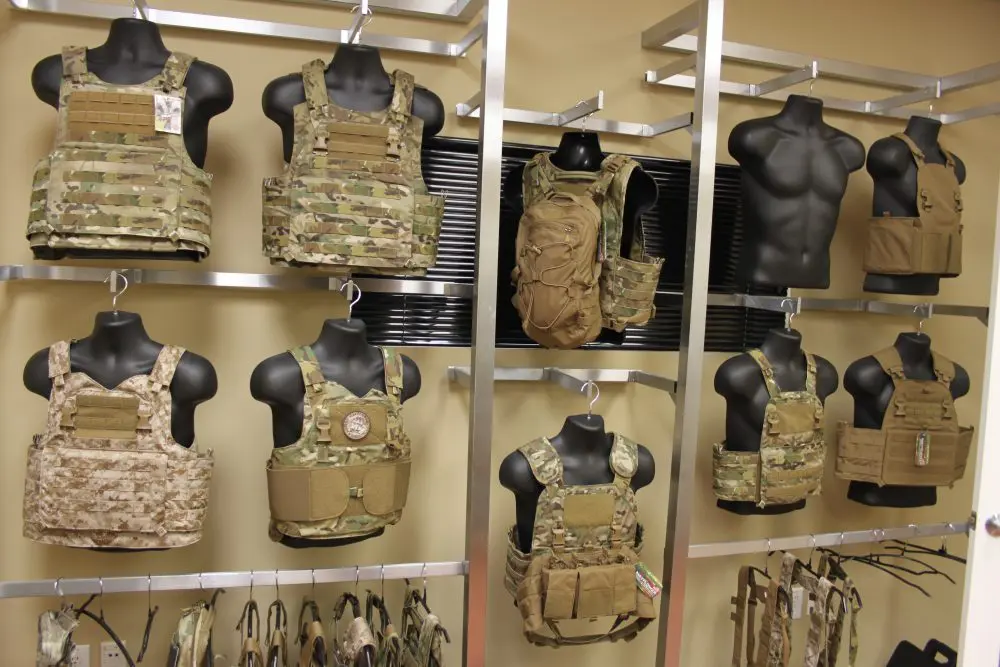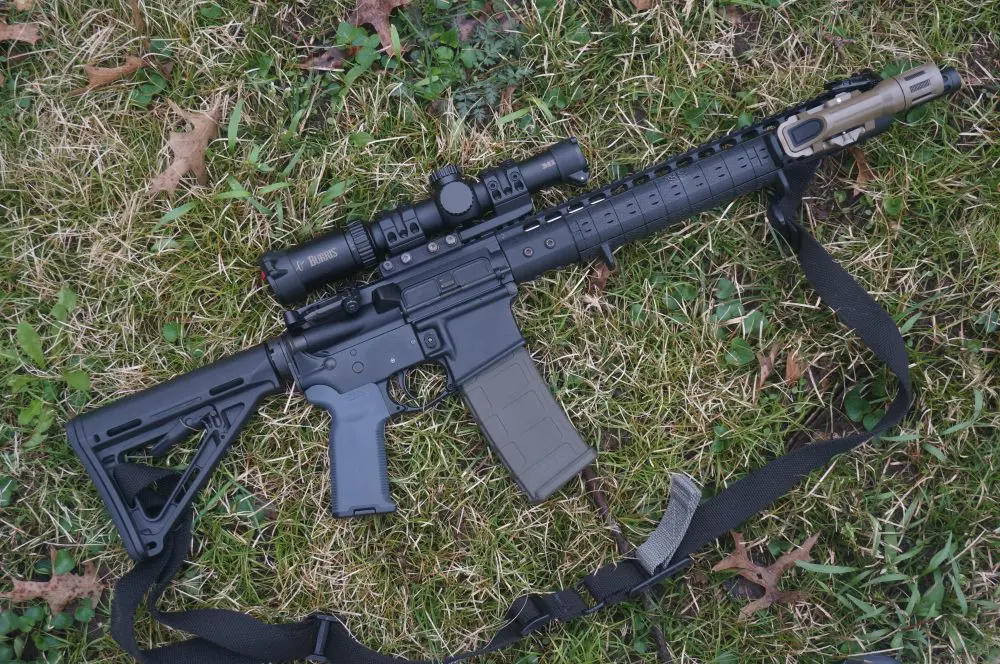Bugging out can be difficult and full of hazards. But it’s a reality that many people in Texas and Florida had to confront head on this year. Someday you may have to. When that moment arrives, you’ll need to be prepared, and you’ll have to move quickly.
It will also help if you have a proper Bug-Out Bag (BOB) fully set up and ready to grab and go. The BOB must have everything you need and nothing you don’t. The bag itself must be lightweight, durable, comfortable, and inconspicuous. It must hold all your critical gear, neatly organized in pockets and compartments. And lastly, it should fit securely on your shoulders and hips, distributing the load in the most effective way possible.
But is that enough? What happens if a strap or buckle breaks? Or if the fabric tears, and what started out as an insignificant little rip turns into a gaping hole? Gear can fail for many reasons, but stressed and overloaded bags are especially susceptible to failure.
If this happened in the field as you were making your way out of a disaster zone, would you be able to fix the problem quickly and keep going? Or would you find yourself having to make a difficult decision to leave critical gear behind, or keep moving at a much slower pace while struggling with a blown-out pack?
Let’s look at the ten essential repair items no BOB should be without, the crucial supplies you need to make repairs quickly and efficiently.
Table of Contents
BUGGING OUT
This expression describes the act of getting out of wherever you are really fast and making your way to a safer location.
If you ever need to truly bug out, it will likely be under extreme circumstances and usually during a crisis or other emergency. Many misconceptions about bugging out exist, and there will always be people who underestimate the challenges they’ll face in such a scenario.
The example that comes to mind is people who believe that during a disaster they will simply grab their trusty BOB and disappear into the wilderness to live off the land. These are usually the same people who have never spent more than a few hours in any sort of wilderness setting, and when they did, it was with supplies they brought with them from the supermarket.
Real bugging-out is complicated and much more dangerous than many of these folks can imagine, especially if they’re unprepared for the reality and harshness of the situation.
THE VENERABLE BUG-OUT BAG
No other piece of gear or equipment is more closely associated with survival and preparedness than the BOB. It normally holds most, if not all, of the precious gear you’ll need if you’re ever forced to bug out. Some people say the bag itself can be just as important as the contents, since it’s because of the bag that you can carry your gear and supplies.
That may be an exaggeration, but the point is well taken. Selecting the wrong bag can be a disaster. (BUG-OUT BAG 101, May 2015 S.W.A.T.)
When selecting a bag, always get the best bag you can reasonably afford, but don’t stop there. Even when you select the best possible bag for the circumstances, lots of things can still go wrong.
Think blown-out buckles, torn fabric, ripped attachment points, and ruptured zippers. During a weekend camping trip, any of these things can be an inconvenience. During an emergency, something as minor as a broken buckle can be the catalyst for having a very bad day, especially if you can’t fix it right away.
The idea here is simple—assess and accept these vulnerabilities, and be prepared to make quick repairs.
To make effective repairs, you need a repair kit. Stuffing yet more supplies into an already overloaded BOB may not seem like a brilliant idea, especially supplies for repairs that may not be necessary. But having these supplies is absolutely worthwhile. Here’s why:
- Most if not all of the recommended gear is multi-purpose. It will come in very handy whether you need to make repairs or not.
- It’s all inexpensive, lightweight, and takes up precious little room.
- You probably already have many of these items.
- These items may be indispensable if you do have a problem.
- Putting together your repair kit is a simple project that you can complete in about one hour.
Fail to pack these simple supplies and you could find yourself in a very frustrating situation with no easy solutions.
THE BOB REPAIR KIT
Luckily, you probably already have many of these items around the house. But they’ll be of little use when you’re out in the field, and you didn’t pack them in your BOB. Now is the time to gather the supplies you need and secure them in your pack.
Here are the ten repair essentials for your BOB:
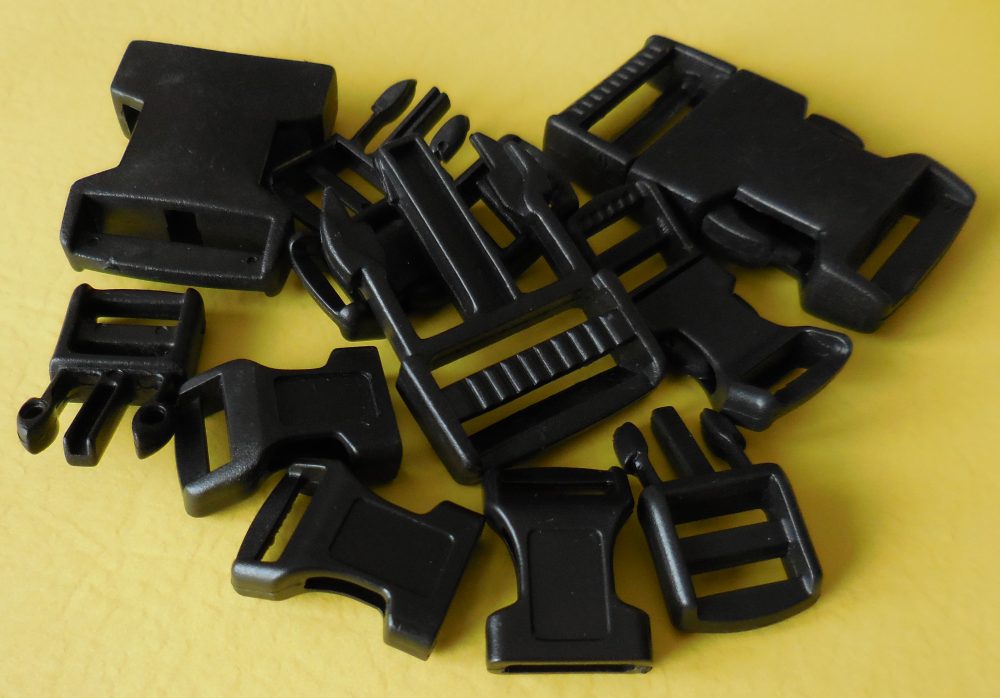
Plastic Buckles
Buckles are awesome, easy to open and close, and take a lot of abuse. But they also fail, which can become a major difficulty, especially if you’re traveling on foot. Carry a supply of spare buckles in various sizes for quick repairs. They weigh and cost next to nothing.
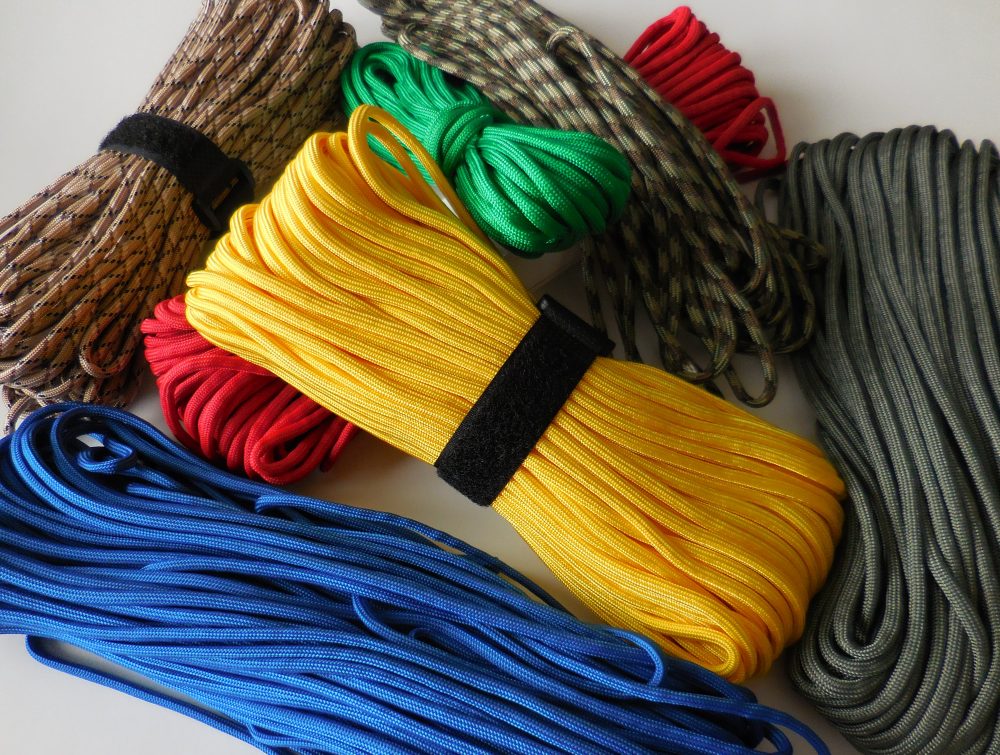
550 Paracord
One of the most amazing and versatile survival products, 550 cord is strong, lightweight, flexible, and has hundreds of potential uses. Maintain a minimum of 25 to 35 feet of 550 paracord in your BOB. Experiment and practice using it in practical applications.
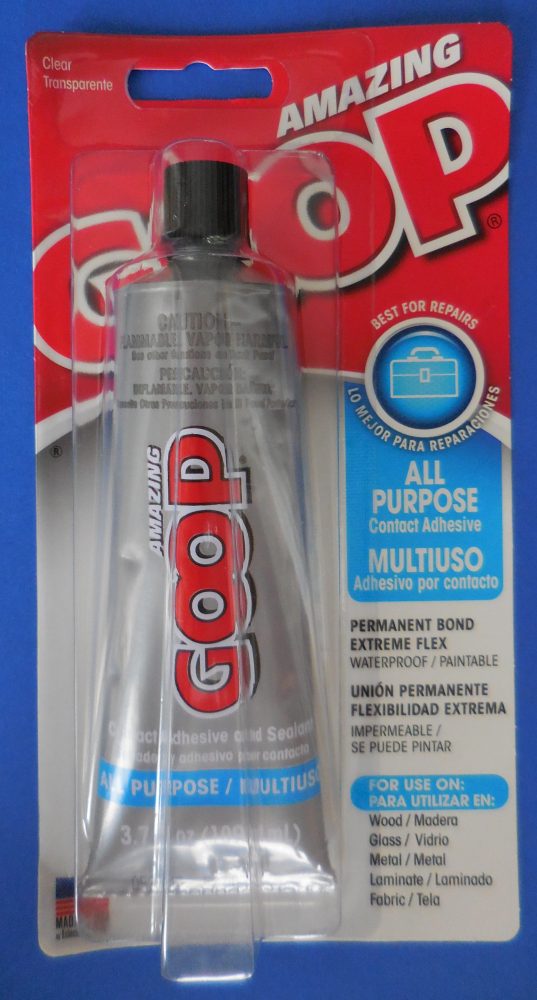
Goop
Goop is an all-purpose adhesive that provides a permanent bond on wood, glass, metal, and fabric. This stuff is possibly the strongest and most flexible adhesive ever created. A 3.7-ounce tube costs under $5 and lasts a long time. Goop gives you tremendous flexibility when making repairs. It can even be used to repair hiking boots or other shoes in the field! (Be sure to clean the threads of the tube before replacing the cap, otherwise it may never come off again.)
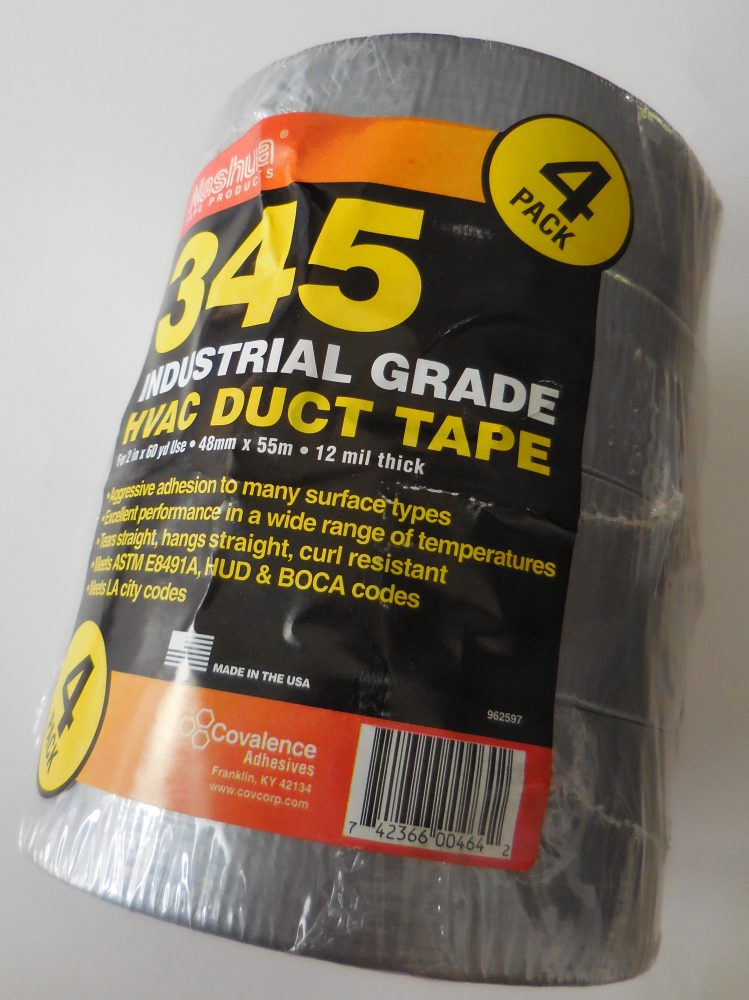
Duct Tape
This is another one of those items you’ll be very glad to have packed, as it can be used for a multitude of repairs. Keep at least 25 to 30 feet of high-quality duct tape in your bag. If we ever colonize other planets, I’m certain the astronauts will bring duct tape.
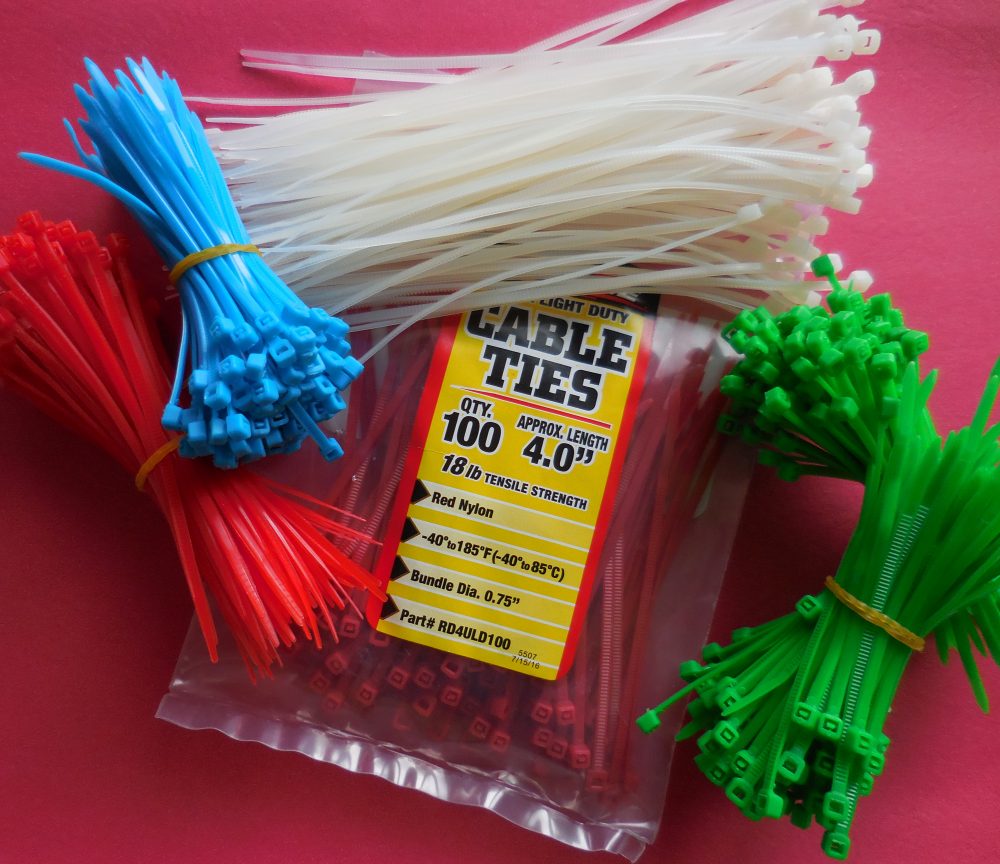
Zip Ties
Keep at least a dozen of these in various sizes in your pack. When you need to apply pressure that clamps down and stays secure, few things work as well as a zip tie. They are extremely lightweight and take up virtually no room.
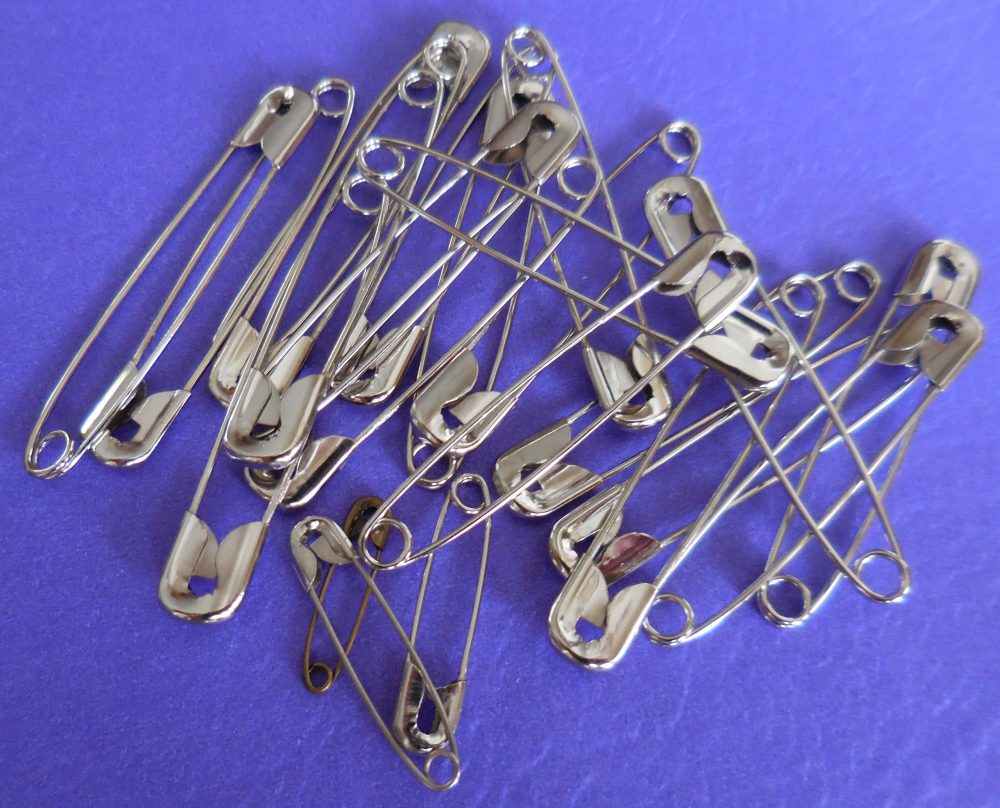
Safety Pins
Sometimes the best solution is the simplest. The safety pin was invented in 1849 by Walter Hunt, a mechanic living in New York. There’s a very good reason why we’re still using them over 150 years later—they work.
Use safety pins to fasten fabric materials together, and for quick connect, disconnect. Use smaller safety pins to align and hold material together for sewing or gluing. Keep a dozen or so in various sizes.
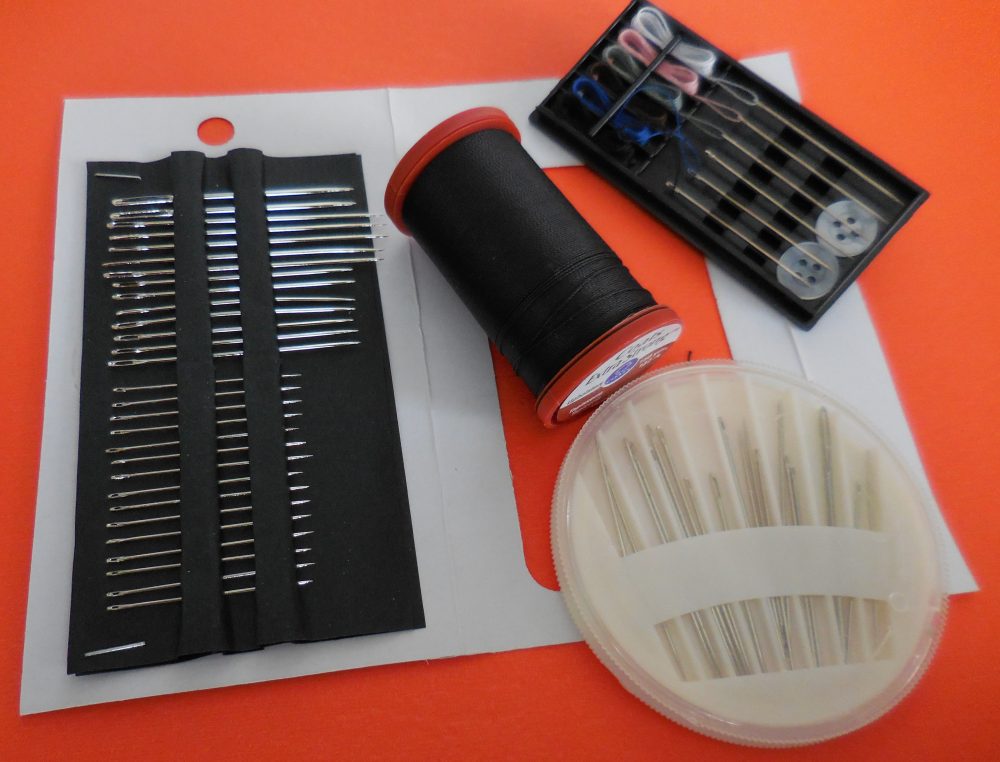
Sewing Needles
You never know when a seam will come apart or some other part of your bag will need a quick patch job. Add a small sewing kit with a variety of sewing needles and thread to your repair gear. If you use a pre-made sewing kit, ditch the colorful cotton/polyester thread in favor of bonded nylon thread, which is much stronger and reduces friction at the needle, resulting in smooth stitches.
A set of large eye needles costs as much as a pack of gum … it’s a no brainer.
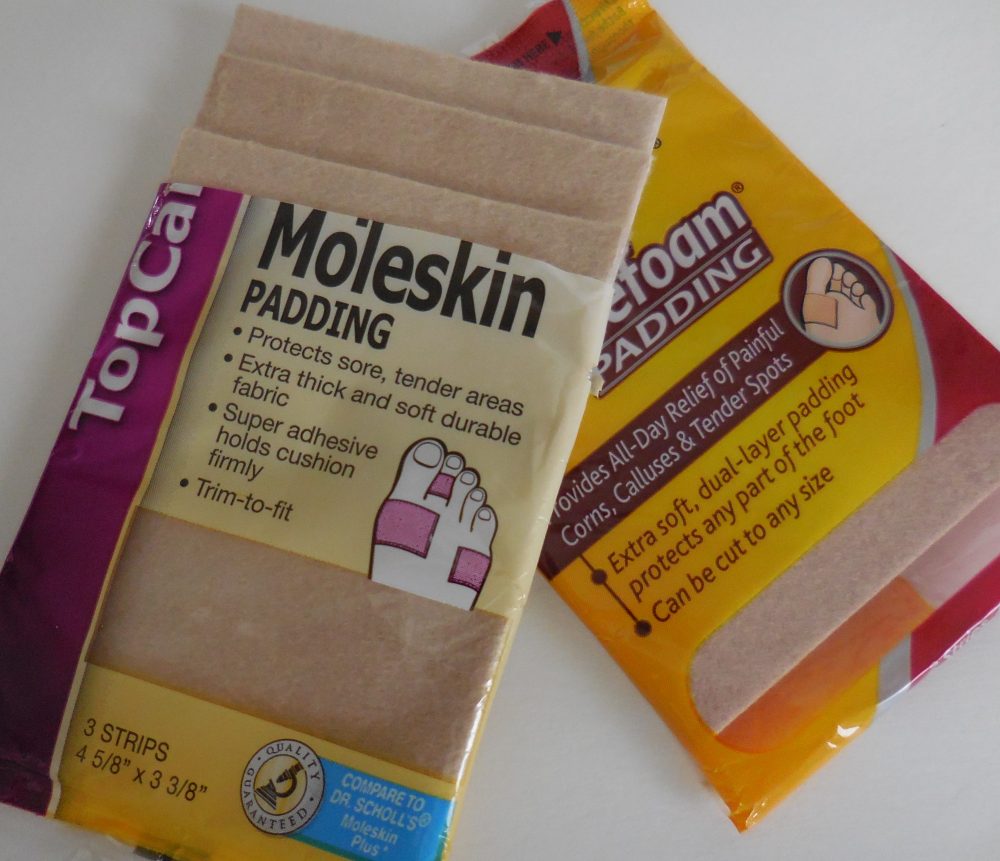
Moleskin
Moleskin is a heavy cotton fabric with an adhesive on one side and soft pile on the other. It’s a favorite among hikers and athletes, who use it to help reduce friction on their feet. Moleskin is used primarily to treat and/or prevent blisters. But moleskin can also be used to help patch torn or ripped fabric. Look for the 4 1/8 x 3 3/8-inch sheets, because they can be used as is or cut to size.
Why use moleskin when you can buy fabric patches? Because moleskin works almost as well, requires no heat, and can also be used for your feet to help prevent debilitating blisters, which can seriously slow you down. In survival planning, we’re always thinking multipurpose!
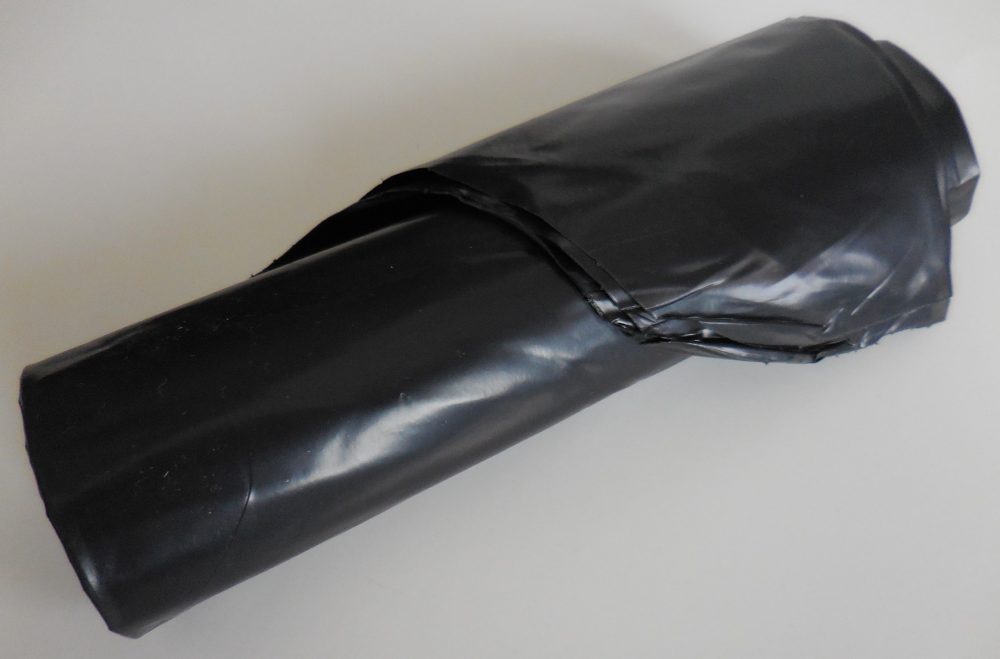
Heavy-Duty Plastic Bag
A large garbage bag folds flat and doesn’t weight much. Throw at least one into your pack. If your BOB fails, you’ll need to protect the contents by keeping the elements out of your bag.
A plastic bag and some duct tape will work wonders if you find yourself in a tight spot. Use the plastic bag to make repairs or as a weather-resistant cover for a blown bag.
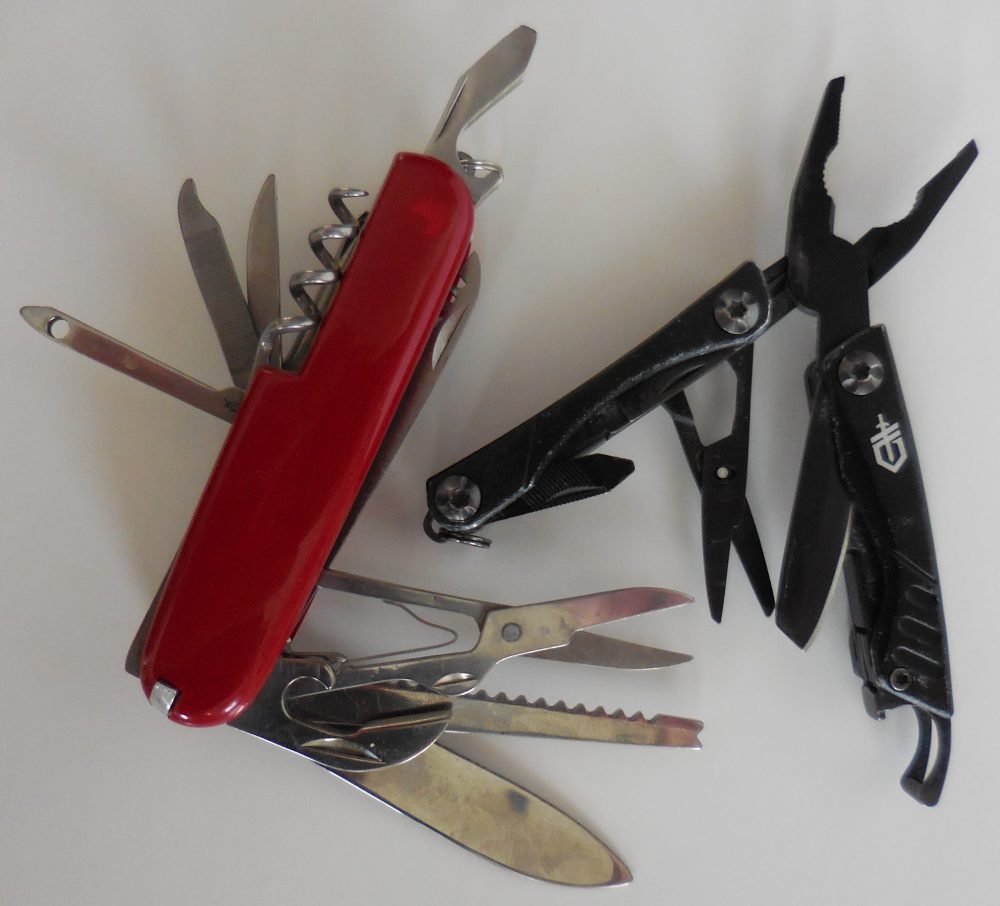
Multi-Tool
A lightweight and compact multi-tool will be highly desirable if you have to make repairs and need a tool with some finesse. A large knife will probably be too much, but a multi-tool with spring-action scissors, needle-nose pliers, and a small awl will be just right.
TEST YOUR GEAR AND REPAIR KIT
Since it’s safe to assume most of us don’t bug out on a regular basis, it’s also safe to assume your gear, equipment, and supplies are untested. This is not good!
Even if bugging out is a remote possibility, you should still plan for it and periodically test your gear in real-world conditions. Testing your gear is pretty straightforward—grab your BOB and take off.
There’s no need to torture your gear and equipment, but try to simulate as many problems and difficulties as you can, and work through those situations to make sure your gear, equipment, and supplies will perform as expected.
At the end of the exercise, make a list of what went wrong, what you learned from the experience, and what you will do differently the next time around. What gear failed? And how, and were you prepared for it? The answers might surprise you.
Use this hard-won information to re-evaluate and make improvements to your plans, gear, and supplies. It will take time and effort, but if there are weak links, you want to find out sooner rather than later.
WRAP-UP
By its very nature, the act of bugging out will always be dangerous and unpredictable, but employing solid planning and preparation will dramatically increase the odds in your favor.
The worst thing you can do is assume the planets, moons, and galaxies will align in your favor. Instead, expect gear and equipment to fail, and plan accordingly, to give yourself the best possible chance of surviving.
Stay safe and be prepared.
Richard Duarte is an urban survival consultant, writer, and firearms enthusiast. He’s the author of Surviving Doomsday: A Guide for Surviving an Urban Disaster, and the Quick-Start Guide for urban preparedness. For the latest news and updates, connect with Richard on www.quickstartsurvival.com.



